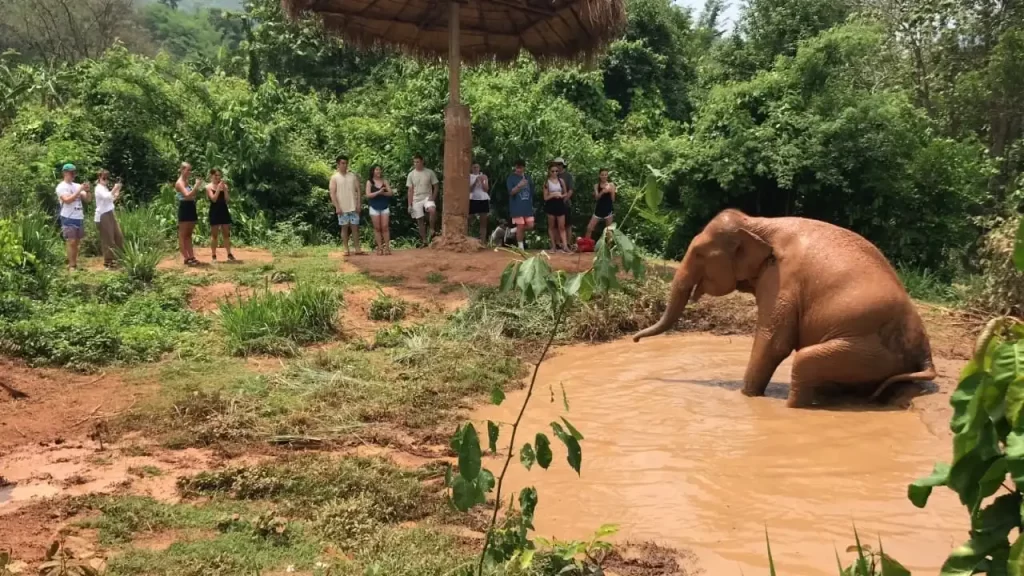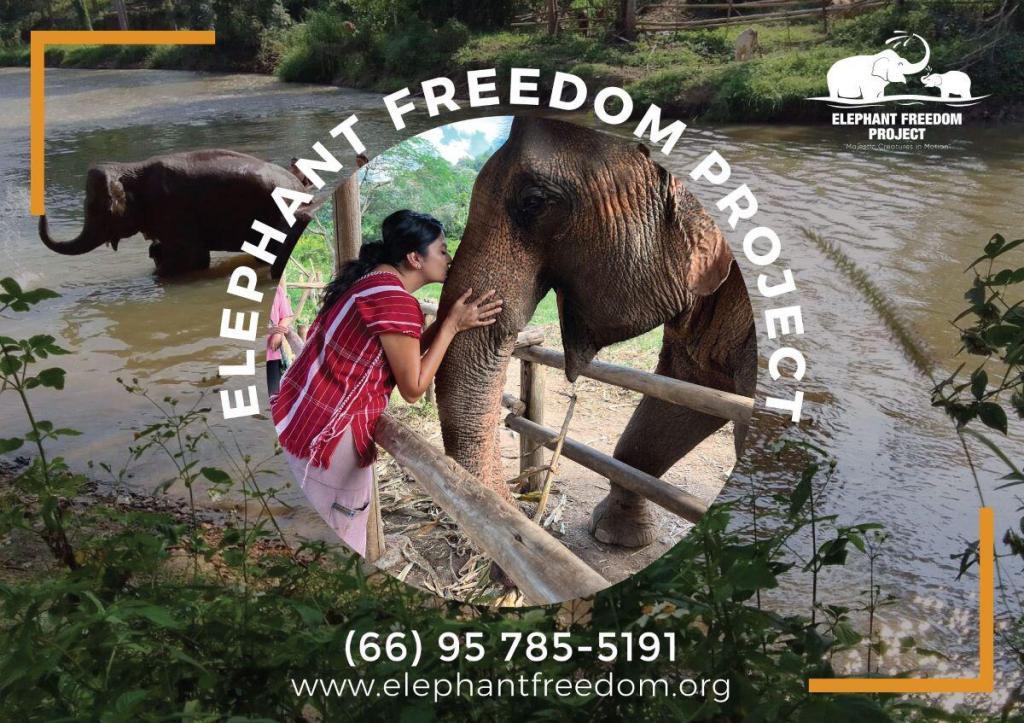The Magical Encounter: Visiting Thailand Elephant Sanctuaries
Visiting Thailand Elephant Sanctuaries should be on everyone’s bucket list. Thailand is known for its stunning beaches, vibrant cities, and rich cultural heritage. However, Thailand elephant sanctuaries are one of the country’s most enchanting attractions. These sanctuaries offer visitors a magical encounter with these gentle giants, allowing them to learn about their conservation efforts and interact responsibly and ethically with them. Whether you are a wildlife enthusiast, an animal lover, or simply someone seeking an unforgettable experience, visiting Thailand’s elephant sanctuaries is an absolute must.
The Plight of Asian Elephants
Before delving into the wonders of Thailand’s elephant sanctuaries, it is essential to understand the challenges faced by Asian elephants in the region. These majestic creatures have long symbolized strength, wisdom, and cultural significance. However, due to habitat loss, poaching, and exploitation in the tourism industry, their numbers have significantly decreased over the years. According to the World Wildlife Fund (WWF), fewer than 4,000 elephants are left in Thailand, with many living in captivity or subjected to cruel practices. These challenges have led to a growing movement towards conservation and ethical tourism practices in Thailand.
Thailand Elephant sanctuaries have emerged as sanctuaries prioritizing the well-being and preservation of these magnificent animals. Unlike traditional elephant camps or attractions, sanctuaries prioritize the welfare of elephants over profit. They provide a safe and natural environment for elephants to roam freely without being forced to perform tricks or carry tourists on their backs. Instead, visitors can observe and interact with elephants respectfully and non-intrusively. At these sanctuaries, visitors can learn about the plight of Asian elephants and the importance of their conservation.
They can witness firsthand the rehabilitation and care provided to elephants rescued from abusive situations. Through educational programs and guided tours, visitors gain a deeper understanding of these incredible creatures and the efforts being made to protect them. Moreover, elephant sanctuaries also play a crucial role in supporting local communities and raising awareness about sustainable tourism. By promoting responsible practices, they aim to shift the focus from exploitation to conservation. Many sanctuaries employ local people as guides, caretakers, and educators, providing them with a steady income and an opportunity to contribute to elephant welfare.
Visiting an elephant sanctuary in Thailand is a chance to have a unique and memorable experience and a way to support the efforts to protect these magnificent animals. It allows individuals to be part of a positive change in the tourism industry by choosing responsible and ethical alternatives. As the demand for ethical elephant tourism continues to grow, it is essential to do thorough research and choose a sanctuary that prioritizes the elephants’ welfare. Look for sanctuaries accredited by reputable organizations with strict no-riding policies. By making an informed decision, we can ensure that our visit to Thailand Elephant sanctuaries contributes to the well-being and conservation of these incredible creatures.
Thailand Elephant Sanctuaries -Choosing an Ethical Sanctuary
With the increase in the popularity of Thailand elephant sanctuaries, visitors must research and choose a sanctuary that prioritizes the animals’ well-being. Here are a few key factors to consider when selecting a sanctuary:
- Ethical treatment: Look for Thailand elephant sanctuaries that promote the ethical treatment of elephants. This includes no riding or performances, as these activities can cause stress and harm to the animals. Instead, a sanctuary should focus on providing a natural and comfortable environment for the elephants to live in.
- Conservation efforts: Choose Thailand elephant sanctuaries that actively participate in conservation efforts. Look for sanctuaries that work towards protecting the natural habitats of elephants and contribute to research and education programs. This shows their commitment to the overall well-being of these magnificent creatures.
- Rehabilitation and rescue programs: Find a sanctuary that strongly focuses on rehabilitation and rescue programs. This means they take in elephants previously mistreated or rescued from harmful situations. Supporting such a sanctuary ensures that your visit contributes to the recovery and well-being of these animals.
- Expert staff: Check if the sanctuary has a team of experienced and knowledgeable staff members. These professionals should be well-versed in elephant behavior and deeply understand their needs. A sanctuary with a dedicated and skilled team will be better equipped to provide the necessary care for the elephants.
- Visitor interaction: Evaluate the level of visitor interaction allowed in the sanctuary. While it can be tempting to get up close and personal with elephants, it is crucial to prioritize the well-being of the animals. Look for Thailand elephant sanctuaries that allow minimal contact and prioritize observing elephants in their natural behaviors.
- Transparency and accountability: Research the Thailand elephant sanctuaries’ reputation and reviews from previous visitors. Look for transparent organizations about their practices, funding, and partnerships. A reputable sanctuary will have nothing to hide and be accountable for its actions and impacts on the elephants and local communities. By considering these factors, visitors can make an informed decision and choose an elephant sanctuary that prioritizes elephants’ well-being and conservation.

Thailand Elephant Sanctuaries – An Unforgettable Experience
A visit to Thailand elephant sanctuaries promises an unforgettable experience for all who embark on this magical journey. Upon arrival, visitors are often greeted with a briefing highlighting the sanctuary’s mission, conservation efforts, and guidelines for elephant interaction. Guides accompany visitors as they observe elephants in their natural habitat, answer questions, and share insightful anecdotes about these incredible creatures. The opportunity to witness elephants expressing their natural behaviors, such as bathing in mud or playing with one another, is both mesmerizing and awe-inspiring.
Conclusion
A visit to Thailand elephant sanctuaries is an experience. It allows visitors to develop a deeper understanding and appreciation for these magnificent creatures while contributing to their conservation and well-being. By supporting ethical sanctuaries, tourists can message that animal welfare should be a priority in the tourism industry. So, if you plan a trip to Thailand, include a visit to an elephant sanctuary in your itinerary. It promises to be a truly magical encounter that will leave a lasting impression and a renewed commitment to the protection of these gentle





